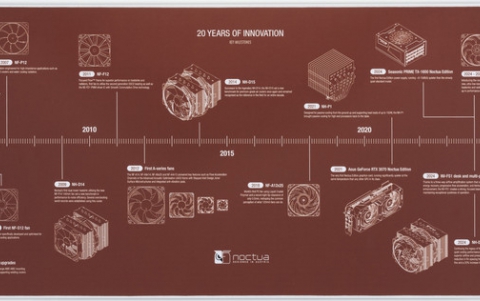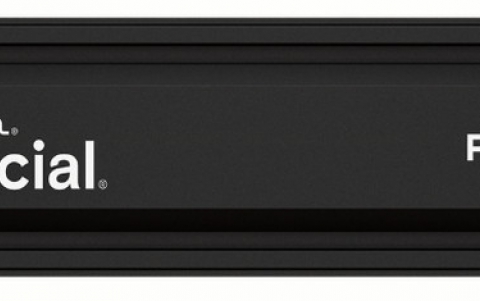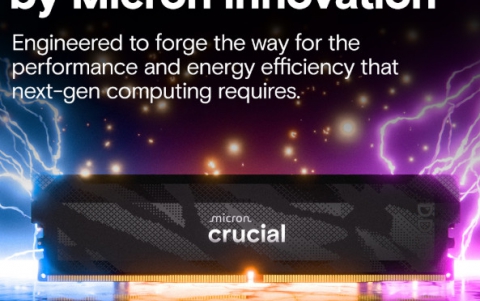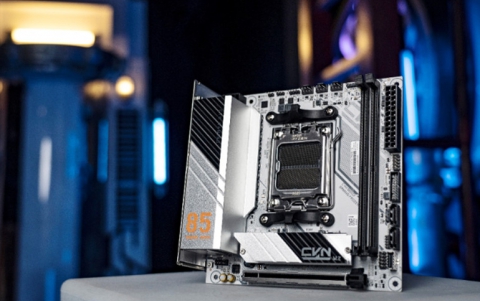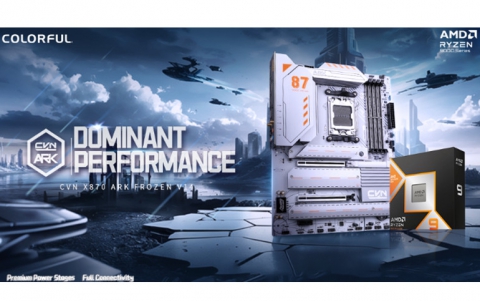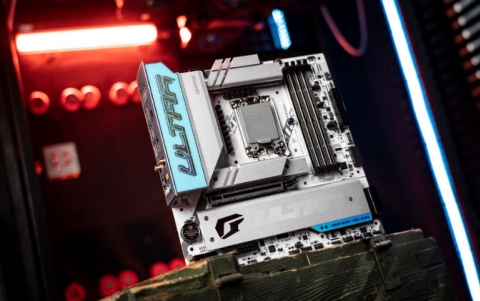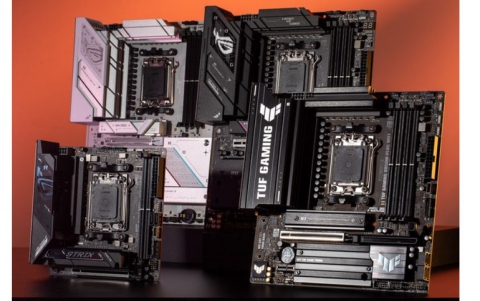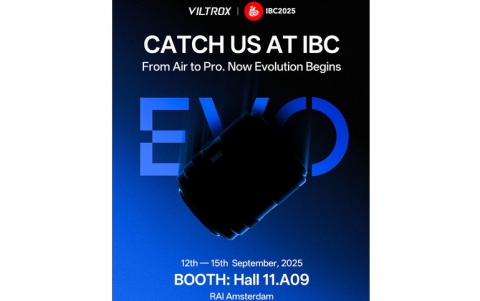High Speed Re-Writing Format
2. CD-R versus CD-RW technology
Review Pages
High Speed RW Technology - Page 2
CD-R versus CD-RW technology
The similarities
Both rely on the same logical standards. The same number of bits is placed onto the surface of a recordable or a ReWritable disk. At exactly the same place and format that the reading head of CD-ROM would expect them to be. Consequently, the same on-drive electronics can be used for reading both types of disks. This seems to have been the biggest advantage enabling quick acceptance of CD-RW technology among drive manufacturers. Both types of disks are recorded in one of two similar ways. Either on a track-by-track basis or in small amounts of "chunks" called packets.
Furthermore, one or more non-packet written tracks can be recorded under a single continuous head movement constituting a single session. If the laser is turned on once during the recording phase of all adjacent tracks of this section the recording is called Session-at-Once (SAO). Otherwise, it is called Track-at-Once (TAO). Disk-at-Once is a special case of SAO mode when no further recording on a disk is possible. Both recorded-once and ReWritable ones behave from a user's perspective identically in all these recording modes.
Due to limitations of the encoding / error correcting features of the original CD-audio format specifications at least 2 seconds of "silence" have to be embedded when the laser is turned on/off. Each second of added silence is equivalent to 75 frames, so a total of 150 frames of audio or data get lost each time a new track is added on a disk. In terms of data bytes this is 150x2048 bytes, roughly 300KB!
Packet writing overcomes this limitation and (for drives particularly designed for this, as all the latest ones) allows recording to be continued by wasting just 7 frames (aka, linking blocks). 15KB versus 300KB of the earlier case, an improvement of 2000%! The vision of a data CD becoming a large floppy has been got very close. (Not by so much though, as we will see below…)
In the case of non-packet written tracks, the data files contained on a single track follow the strict rules defined by the ISO-9660 standard and some of its proprietary extensions (such as Joliet). A lot of (disk) space is wasted for joining adjacent tracks, resulting to inefficient disk-space use, as noted above.
When packet writing is used, the recording head with the help of the underlying drive-logic turns the recording of the "actual" data on and off at a much smaller time frame. By adjusting suitably the way the "Table of Contents" (TOC) is stored on the disk, a much better disk-space use is being made. The drawback here is that reading might be slowed-down and a (predefined) longer-than-necessary TOC might incur additional disk storage waste on a disk.
There are, however, a number of important, and in some cases even difficult to "cure", disadvantages that (current) RW technology imposes...
Review Pages

